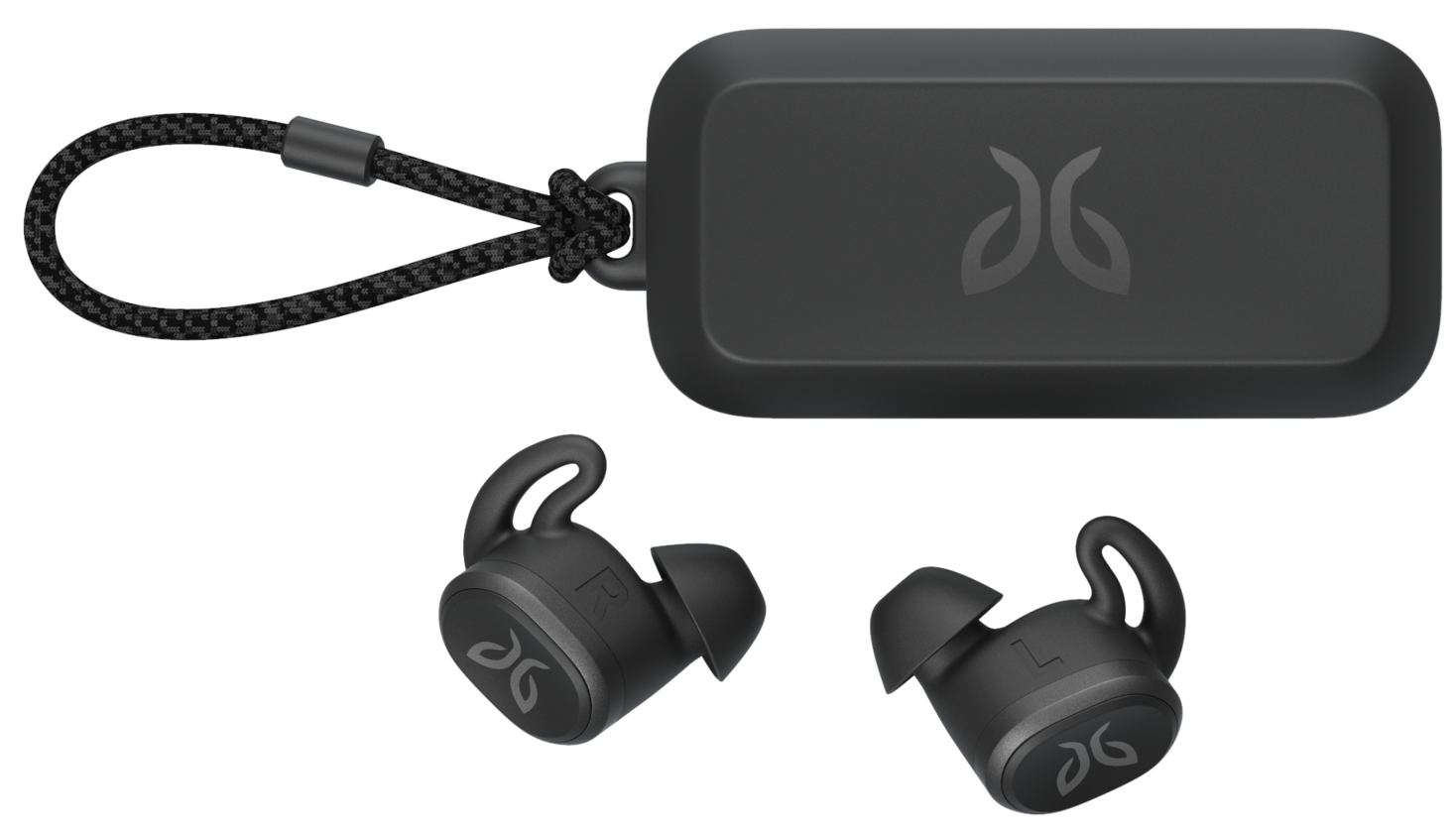Looking to Upgrade to a B2B eCommerce Platform Explore the Best Options - Android
According to Forrester, US B2B eCommerce is on target to hit $1.8 trillion by 2023. Don’t let a repurposed B2C eCommerce platform keep you from taking full advantage of the constant move to online buying.
If you’re relying on a B2C platform that’s been extended and modified until it is the Frankenstein of eCommerce, it’s time to move to a B2B eCommerce platform. eCommerce replatforming can seem overwhelming. Here’s how to explore your options to find the right product for you.
How Do You Know It’s Time to Replatform?
There are obvious signs you need to move from your current platform. Maybe your customers tell you they dislike your site, or it doesn’t provide the functionality they need. You should be so lucky.
Other signs are subtle. High bounce rates and low conversion rates provide subtle signals that it’s time to replatform.
Do you have problems with:
- Outdated web design
- Small upgrades crashing the system
- Lack of ERP, PIM, WMS, or other integrations
- Rising maintenance costs
- Increasing operating costs
Does your IT department spend their time chasing bugs, creating patches, and constantly complaining about the difficulty of keeping your current website operational?
These are all clear signals it’s time for a new platform.
Develop Your Strategy and Scope Your MVP Before Your RFP
Once you’ve decided to face your fears of replatforming resist the temptation to go out and start demo’ing the current platforms. That’s the easiest way to end up with the wrong product.
Instead, start by determining what features and functionality you need in a new B2B eCommerce platform, then look at your existing data and determine how it should integrate with your other systems. This analysis is the backbone of your migration strategy.
Next, start to scope out your minimum viable product (MVP). Your MVP is the fastest and most cost-effective way to get your new B2B eCommerce website up and running on the new platform.
With a strategy and MVP in hand, you now know what you need in your new platform. It’s time to start looking around and working on your RFP.
Must-Have B2B Functionality
What bugs you the most about your current platform? Probably the lack of features that should be standard for any B2B eCommerce platform. Since businesses sell to other businesses differently than they sell to retail consumers, their needs are different. Here are some functions you must have:
Pricing Options
You should have as many pricing options as you have customers. If each customer buys according to a negotiated price schedule, then you need the ability to create and maintain an infinite number of price lists.
If your prices depend on the availability of commodities on the spot market, then maybe dynamic pricing is a functionality you need.
If your prices are determined by factors such as volume, frequency, and purchasing history, then a powerful pricing engine provides the algorithms you need.
To accommodate future needs, pick a platform that supports multiple pricing scenarios. Your pricing structure today may not be the pricing strategy you employ next year.
Powerful CMS for Products
Researchers are looking for as much product information as possible. Select a B2B eCommerce platform with a powerful and flexible CMS that allows configurable products and even matrix ordering.

As you can see, if you sell configurable products, a matric order form lets the buyer easily configure their products by simply entering the quantity. This is exactly the frictionless customer experience busy buyers want in the 2020s.
And speaking of making things easy, look for an integrated CMS that provides a WYSIWYG editor to make creating landing pages and other product pages easy. Look for a CMS with drag and drop elements to speed the process.
A modern B2B website should include how-to videos, a webinar library, product use cases, warranty information, troubleshooting guides, and more.
Make sure the CMS is up to the challenge.
User-Defined Access, Roles, and Permissions
B2C buyers don’t need to coordinate their purchases with others. It’s the rare B2B purchase that is made without a team decision or multiple approval levels.
If this describes your customer base, make coordinating purchases and receiving approvals easier for them.
Select a platform that lets users define their own account access, roles, and permissions. This functionality used in conjunction with a flexible workflow engine lets each customer customize their account to accommodate how they make purchases.
Don’t think this is important to you? User-defined roles and permissions are driving the popularity and success of AmazonBusiness. Clearly, this functionality is important to business buyers.
Integration by Design
Your eCommerce platform isn’t going to be a stand-alone solution. To provide transparency into your supply chain, you’ll need to integrate your website platform and your ERP. This way customers can see stock levels before they place the order.
Make sure your RFP includes questions regarding the availability of APIs to make integration easier.
Sales will want a connected CRM and eCommerce platform for a 360-degree view of customer behavior and buying habits.
Customers will appreciate a 3PL integration that lets them track orders and check status easily.
Marketing, sales, and merchandisers will appreciate an eCommerce platform that effortlessly connects to your PIM to maintain a single source of truth for product information.
Flexible Deployment
Assess your deployment options as well. What works today may not work next year or three years from now.
Look for maximum flexibility to deploy on-premises or in the cloud. And for cloud services, evaluate if you are locked into the vendor’s cloud or if you can use a private cloud. If you start on-premise, can you move to a cloud deployment? Is the opposite true? Can you migrate from a cloud-based option to an on-premises installation?
The more flexibility you have, the better you will be able to pivot when needed. If the COVID-19 pandemic taught business just one lesson – it’s that flexibility is essential.
Evaluate Open-Source versus Proprietary Solutions
Proprietary cloud-based solutions offer the appeal of rapid deployment. But, when you use the MVP approach, you’ll be up and running quickly no matter what type of platform you select.
When it comes to the ability to integrate or customize, you’ll find much more flexibility and adaptability in open-source solutions.
As part of your platform evaluation, look for the eco-system in which it operates. What partners are available? Is there a community of developers and users for support? What about official company support? Is it available?
What Comes Out of the Box?
Finally, look at what comes out of the box and what will need to be customized.
The product that provides close to 80% of your MVP out of the box will be the product that speeds your time to market and reduces the time to ROI.
That is most likely your best option.
EDITOR NOTE: This is a promoted post and should not be considered an editorial endorsement
08/03/2021 02:00 PM
OPPO's Rollable Smartphone Won't Become Available Anytime Soon
08/03/2021 12:59 PM
Out for a run Check out these headphones!
08/03/2021 01:00 PM
The ASUS ROG Phone 5 will launch on March 10th with up to 18GB of RAM
08/03/2021 03:47 PM
OnePlus Gives 'Fnatic' Mode A New Name, For A Good Reason
08/03/2021 02:05 PM
Alleged Snapdragon 775 SoC Specs Surface In Detail
08/03/2021 01:50 PM
Relive your awkward dance moves with latest Google Photos memories
08/03/2021 12:05 PM
iBeesoft Data Recovery offering free 2GB file recovery
08/03/2021 10:00 PM
- Comics
- HEALTH
- Libraries & Demo
- Sports Games
- Racing
- Cards & Casino
- Media & Video
- Photography
- Transportation
- Arcade & Action
- Brain & Puzzle
- Social
- Communication
- Casual
- Personalization
- Tools
- Medical
- Weather
- Shopping
- Health & Fitness
- Productivity
- Books & Reference
- Finance
- Entertainment
- Business
- Sports
- Music & Audio
- News & Magazines
- Education
- Lifestyle
- Travel & Local







